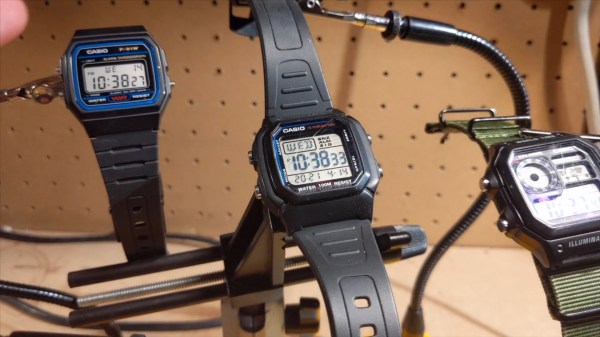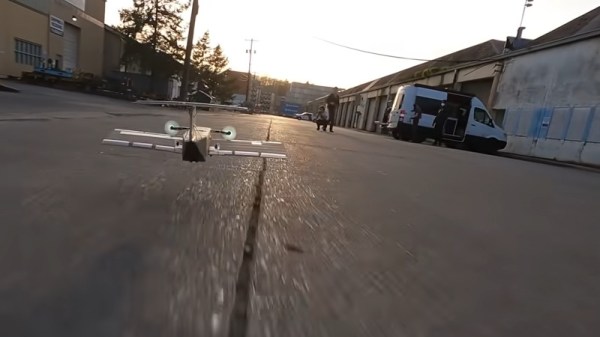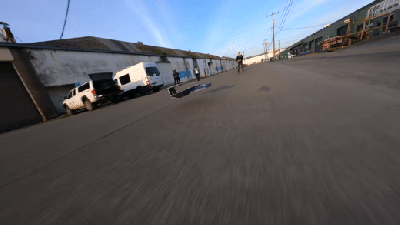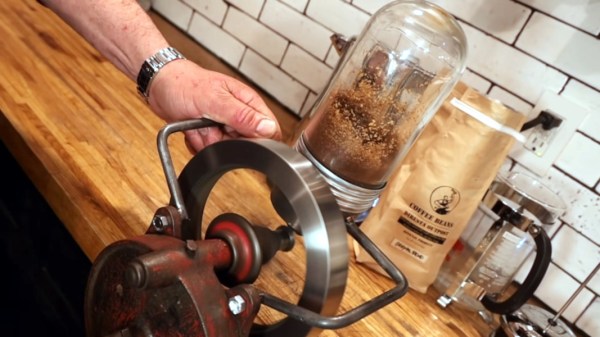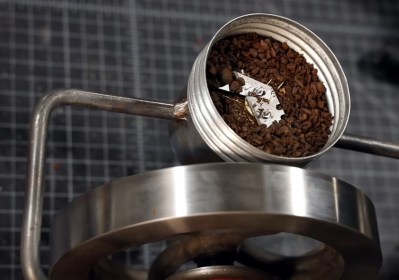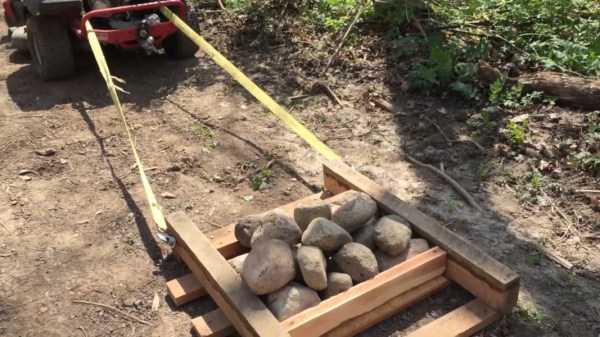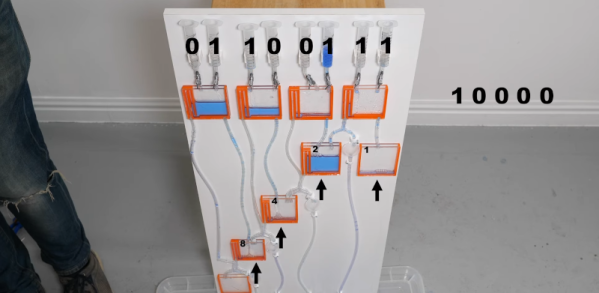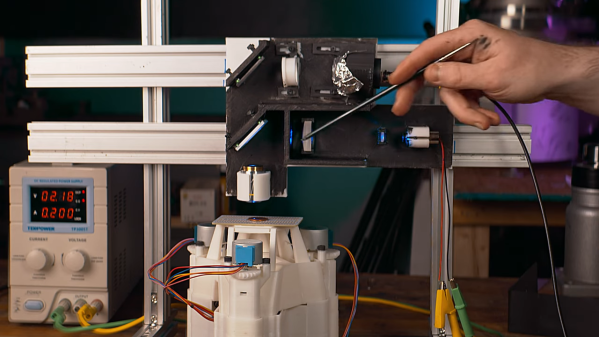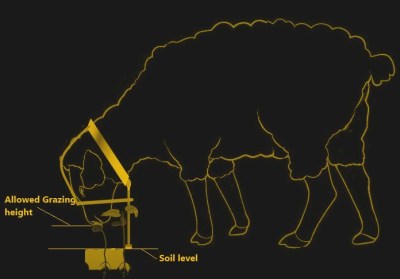 You know, not every solution needs to be complicated to be absolutely awesome. Take the humble clothespin, for example, two pieces of cleverly carved wood (or plastic; we won’t judge) and a spring. And yet, the service it provides is useful for many applications.
You know, not every solution needs to be complicated to be absolutely awesome. Take the humble clothespin, for example, two pieces of cleverly carved wood (or plastic; we won’t judge) and a spring. And yet, the service it provides is useful for many applications.
The same simple elegance is also present in [Anteneh]’s overgrazing shield. When sheep and other animals are allowed to eat the vegetation down to the soil, it leads to soil erosion if not kept in check with regular grazing location rotation. As it turns out, if you want to keep an animal from eating grass and plants down to the soil, just slip a leather harness over its neck with a piece of wood in the right place so it literally can’t graze any lower than the wood allows.
According to [Anteneh]’s prototype tests, it only takes a few seconds to fit the shield to the animal’s head and neck, and then they’re off to grazing to the prescribed depth. We think this is a great solution and hope to see it in wide use along with regular rotation.
Need a way to track your livestock? [Sean Boyce]’s experiments with subcutaneous pig tracking makes for a good read, but the reality of that system will probably have you looking for a simpler solution.


